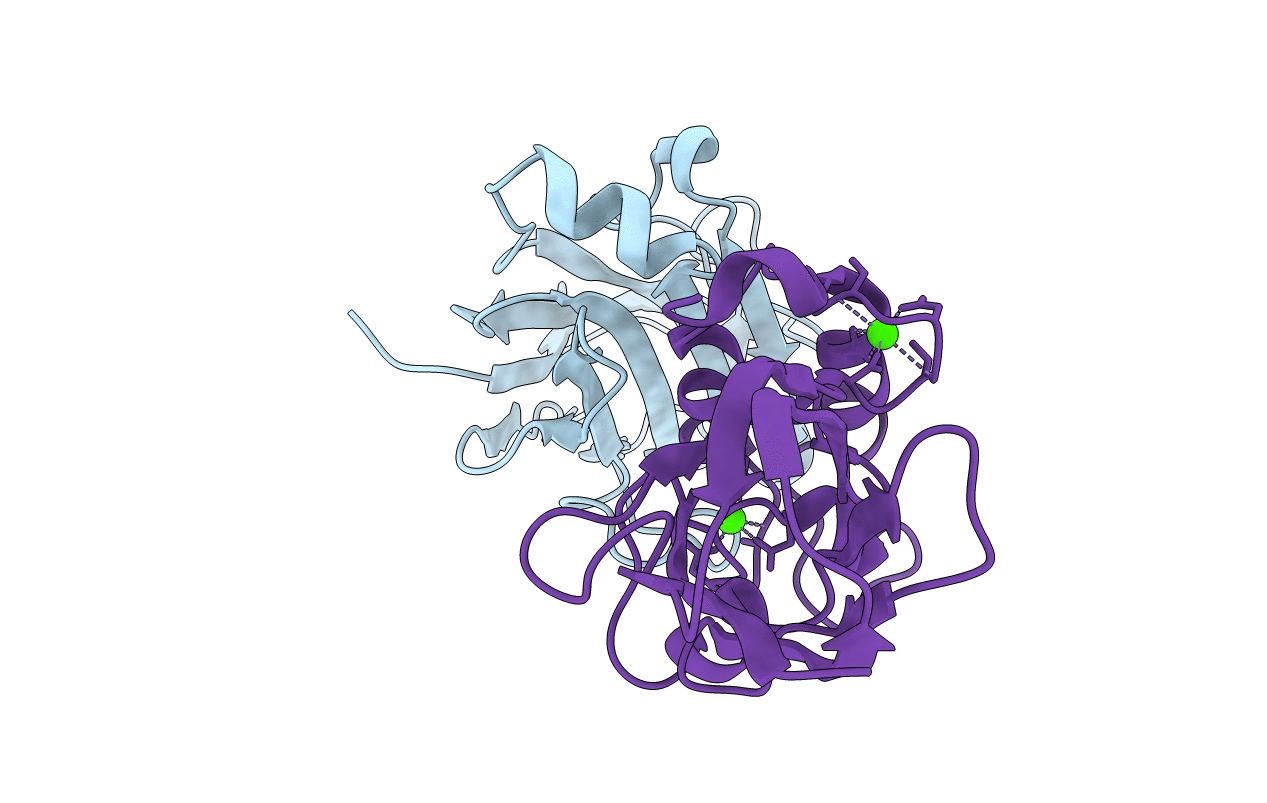
Deposition Date
2005-09-27
Release Date
2005-10-11
Last Version Date
2024-02-14
Entry Detail
Biological Source:
Source Organism:
Clostridium thermocellum (Taxon ID: 203119)
Clostridium thermocellum (Taxon ID: 1515)
Clostridium thermocellum (Taxon ID: 1515)
Host Organism:
Method Details:
Experimental Method:
Resolution:
2.11 Å
R-Value Free:
0.24
R-Value Work:
0.20
R-Value Observed:
0.20
Space Group:
P 21 21 21


